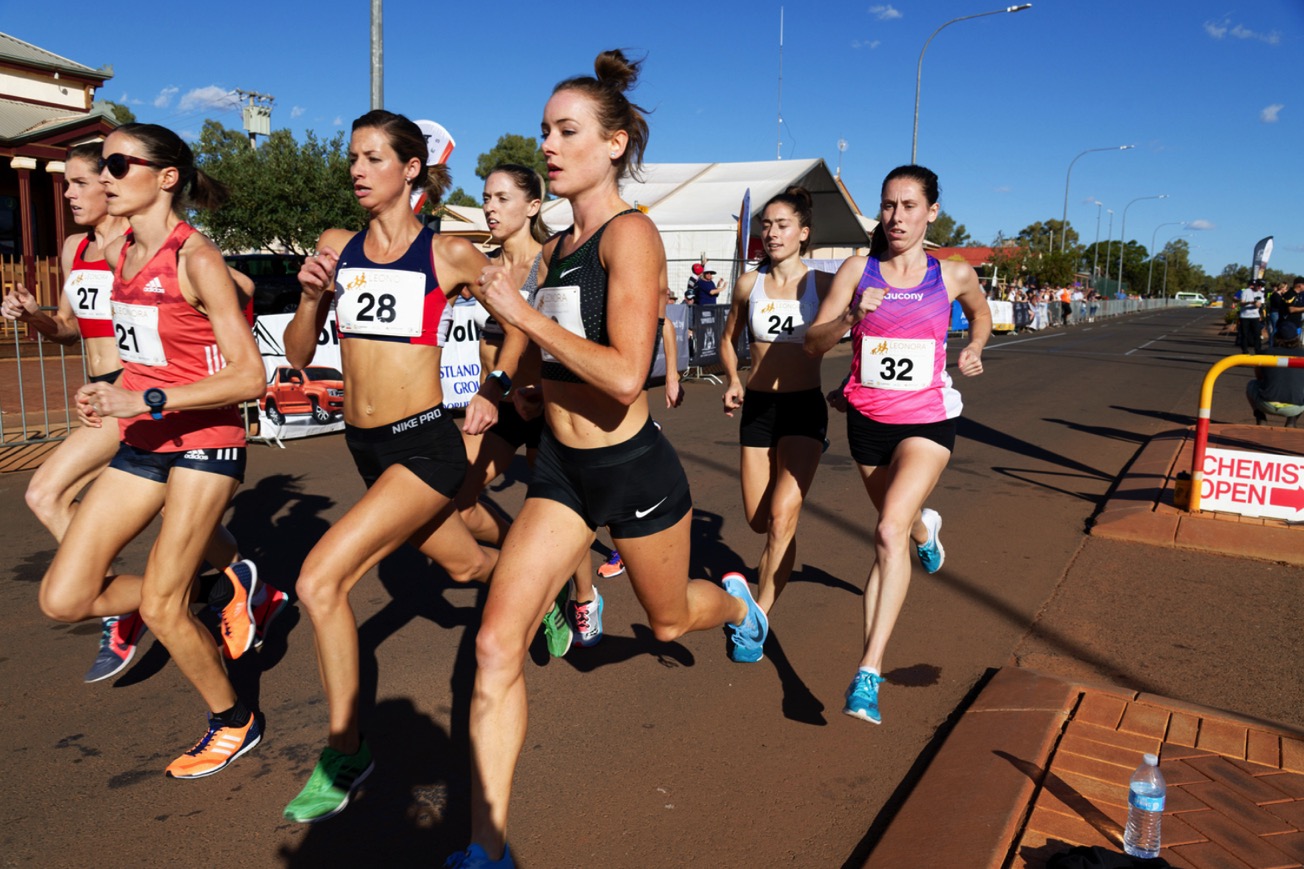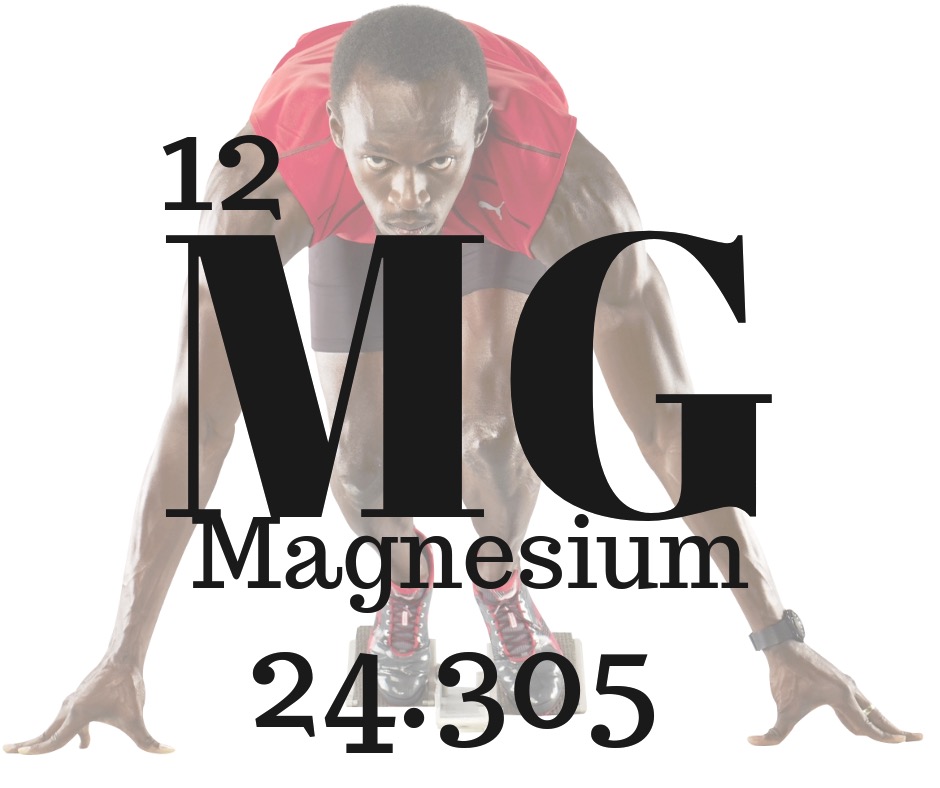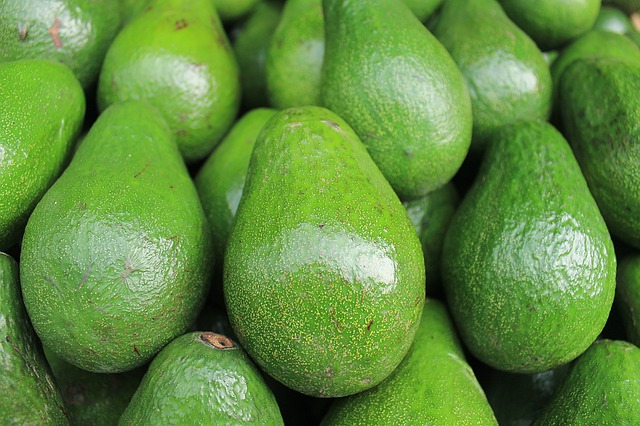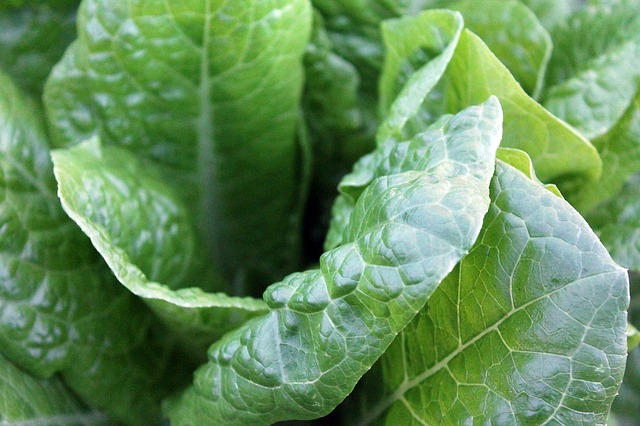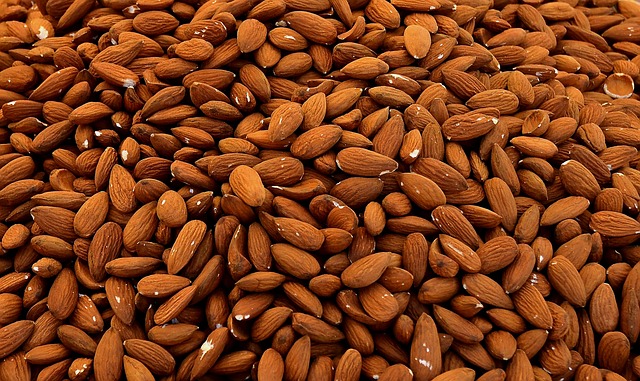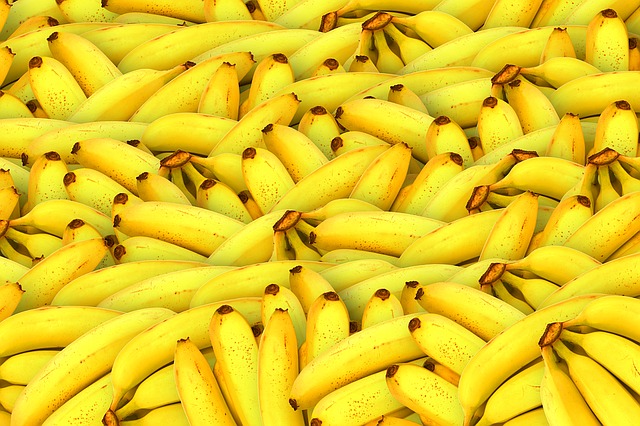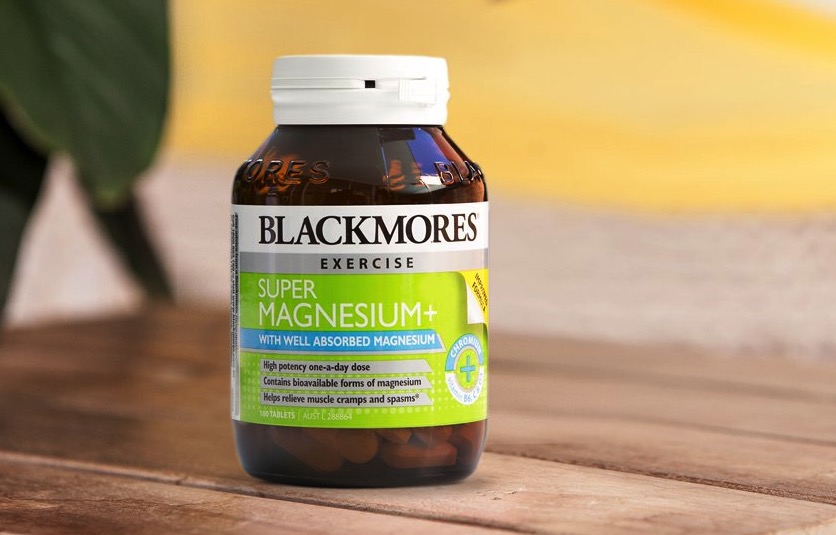Why magnesium?
Magnesium is a vital mineral for the body to function and to achieve optimum performance levels for athletes. About 60% of the magnesium in your body is found in bone, while the rest is in muscles, soft tissues and fluids, including blood. Because of magnesium’s role in energy metabolism, production, storage, normal muscle function, and maintenance of blood glucose levels, it is a key dietary requirement for athletes and non-athletes. Highly active individuals such as elite athletes should be significantly aware of what foods contain rich amounts of magnesium to avoid things such things as weakened bones, headaches, and even heart issues. It can also lead to low levels of other important minerals like calcium and potassium. All these symptoms lead to poor performance among many other issues. Research from Harvard University reveal that a high daily magnesium intake reduces the risk of diabetes by up to 33%. It’s involved in over 300 enzymatic reactions in the body, including the creation and use of energy in cellular mitochondria.
What are mitochondria?
Mitochondria are membrane bound organelles present in almost all eukaryotic cells. Responsible for orchestrating cellular energy production, they are central to the maintenance of life and the gatekeepers of cell death. They are organelles that act like a digestive system, which takes in nutrients, breaks them down, and creates energy rich molecules for the cell.
What other roles does magnesium play within the body?
Apart from cellular mitochondria, Magnesium plays an integral role in ones, heart rhythm, blood pressure, arterial and muscle function. Depletion of magnesium will lead to numerous health issues and sub-optimal physical performance.
As athletes are looking to achieve optimum performance in training and on race day, they must monitor their magnesium intake ensuring they are consuming adequate levels. Athletes who do not consume proper amounts of magnesium are not immune to chronic inflammatory response and need to be aware of the potential consequences this could have to their short- and long-term health and athletic performance. Furthermore, one study of male athletes supplemented with 390mgs of magnesium per day for 25 days resulted in an increased peak oxygen uptake and total work output during work capacity tests.
How much magnesium should you be taking
The current recommended daily intake of magnesium is 420mg for men and 320mg for women, with an estimated half of the US population not hitting these levels on a daily basis. This RDI would be even higher amongst elite athletes partaking in heavy training loads.
| Recommended Dietary Intake (RDIs) for Magnesium | ||||
| Age | Male | Female | Pregnancy | Lactation |
| Birth to 6 months | 30 mg* | 30 mg* | ||
| 7–12 months | 75 mg* | 75 mg* | ||
| 1–3 years | 80 mg | 80 mg | ||
| 4–8 years | 130 mg | 130 mg | ||
| 9–13 years | 240 mg | 240 mg | ||
| 14–18 years | 410 mg | 360 mg | 400 mg | 360 mg |
| 19–30 years | 400 mg | 310 mg | 350 mg | 310 mg |
| 31–50 years | 420 mg | 320 mg | 360 mg | 320 mg |
| 51+ years | 420 mg | 320 mg | ||
Table via USDA – United States Department of Agriculture National Agricultural
So what foods should you be eating to get your daily dose of magnesium
Avocados – One medium avocado provides 58mg of magnesium, which is 15% of the RDI. Studies have also shown that eating avocados can reduce inflammation and improve cholesterol levels.
Leafy Greens – Spinach – With high amounts of magnesium, calcium, iron, and a giant dose of Vitamin K, spinach helps maintain healthy bones, reduces inflammation in the body (which promotes faster recovery), and enhances muscular function. 1-cup serving of cooked spinach has 157 mg of magnesium, or 39% of the RDI.
Nuts and seeds – Just 2 tablespoons of dried pumpkin seeds contain 96mg of magnesium or about 25% of the RDI allowance. Almonds are also a good source of both magnesium; from one-third cup of almonds you’ll get roughly about 129mg of magnesium. Brazil nuts, Pine nutes, Cashews, Seeds are all terrific sources of magnesium.
Dark Chocolate – Dark chocolate is a magnesium powerhouse, made from the seed of the cocoa tree, it is one of the best sources of antioxidants on the planet. A 100-gram bar of dark chocolate with 70–85% cocoa contains approximately 58% of the RDI for magnesium.
Bananas – The unique mix of vitamins, minerals, and low glycaemic carbohydrates in bananas has made them a favourite fruit among endurance athletes. One medium banana holds about 33mg of magnesium, which is about 8% of the daily requirement. Bananas are also known to reduce cholesterol and high blood pressure. Banana also fills you up with potassium, Vitamin C, fibre and antioxidants.
Suppliments – People who can’t get enough magnesium in their diet due to various reasons should look at taking magnesium supplements. There are some great products out there to get you back on track that contain easily absorbed forms of magnesium (amino acid chelate and citrate) which help relieve muscle cramps and spasms due to low magnesium levels.
There are numerous other foods that are rich in magnesium and will aid in optimum athletic performance. Have a look at the table below via the United States Department of Agriculture National Agricultural and incorporate some of these foods into your diet if you’re not already, your body will thank you.
| Selected Food Sources of Magnesium | ||
| Food | Milligrams (mg) per serving |
Percent DV* |
| Almonds, dry roasted, 1 ounce | 80 | 20 |
| Spinach, boiled, ½ cup | 78 | 20 |
| Cashews, dry roasted, 1 ounce | 74 | 19 |
| Peanuts, oil roasted, ¼ cup | 63 | 16 |
| Cereal, shredded wheat, 2 large biscuits | 61 | 15 |
| Soymilk, plain or vanilla, 1 cup | 61 | 15 |
| Black beans, cooked, ½ cup | 60 | 15 |
| Edamame, shelled, cooked, ½ cup | 50 | 13 |
| Peanut butter, smooth, 2 tablespoons | 49 | 12 |
| Bread, whole wheat, 2 slices | 46 | 12 |
| Avocado, cubed, 1 cup | 44 | 11 |
| Potato, baked with skin, 3.5 ounces | 43 | 11 |
| Rice, brown, cooked, ½ cup | 42 | 11 |
| Yogurt, plain, low fat, 8 ounces | 42 | 11 |
| Breakfast cereals, fortified with 10% of the DV for magnesium | 40 | 10 |
| Oatmeal, instant, 1 packet | 36 | 9 |
| Kidney beans, canned, ½ cup | 35 | 9 |
| Banana, 1 medium | 32 | 8 |
| Salmon, Atlantic, farmed, cooked, 3 ounces | 26 | 7 |
| Milk, 1 cup | 24–27 | 6–7 |
| Halibut, cooked, 3 ounces | 24 | 6 |
| Raisins, ½ cup | 23 | 6 |
| Chicken breast, roasted, 3 ounces | 22 | 6 |
| Beef, ground, 90% lean, pan broiled, 3 ounces | 20 | 5 |
| Broccoli, chopped and cooked, ½ cup | 12 | 3 |
| Rice, white, cooked, ½ cup | 10 | 3 |
| Apple, 1 medium | 9 | 2 |
| Carrot, raw, 1 medium | 7 | 2 |
Table via USDA – United States Department of Agriculture National Agricultural
Sources
- World Health Organisation
- American College of sport science
- United States Department of Agriculture National Agricultural
- Nutrition for Runners. By Jeff Galloway and Nancy Clark.
- American Heart Association
- The University of North Carolina.


